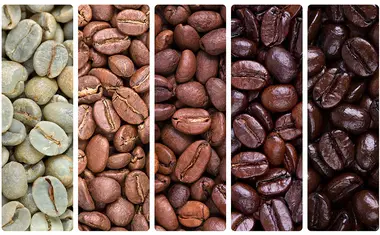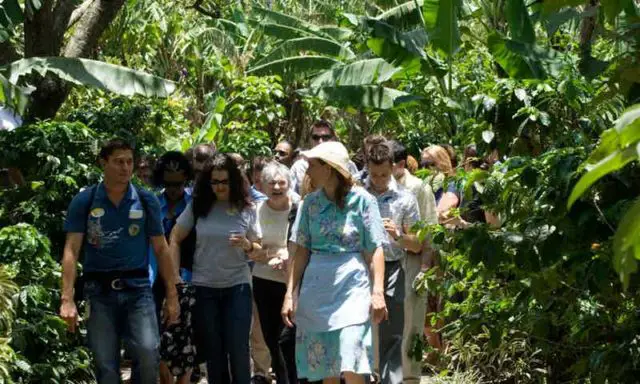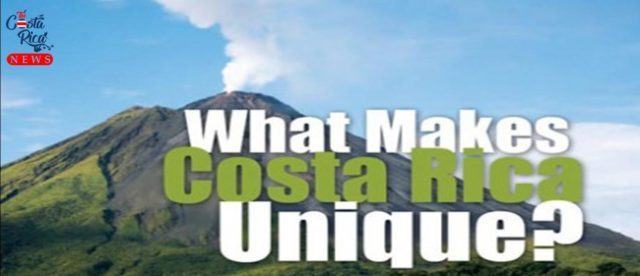October 1, 2019 is the the fourth year the world celebrates International Coffee Day. This unoficial date pays tribute to the beverage and to all the women and men, from growers to roasters and from baristas to coffee lovers, that have made the drink one of the most popular in the world. Before tourism, carbon neutrality and biodiversity became some of the trademark words most commonly associated with Costa Rica,
coffee was the fundamental driving force for the country’s economic, social and cultural development. In fact, between 1846 and 1890 coffee was Costa Rica’s only export. Known as “The Golden Grain” (Grano de Oro) Costa Rican coffe is considered one of the best in the world.

*Tico Coffee Facts*
Coffee was introduced in the country in 1791 at the end of the 18th century from Martinica. Costa Rica was the first country in Central America to develop this crop.
Costa Rican coffee represents less than 1% of the world’s production. The local industry is focused on sustainable high quality coffee instead of quantity.
In spite of its size Costa Rica harbors eight coffee producing regions: Tarrazú, Tres Ríos, Turrialba, Central Valley, Western Valley, Brunca, Orosi and Guanacaste.
Revenues from the coffee exports allowed Costa Rica to acquire technical developments such as the railroad, the mail and the printing press. The first university was opened and the National Theater was built.
Several schools and institutions offer barista courses. The Ministry of Public Education and the Coffee Institute of Costa Rica signed an agreement that proposes to contribute to the professional development of young people as ‘baristas’.
Among the producing countries, Costa Rica has one of the highest coffee consumptions in the world. It pais also a great consumer of the best quality coffees. Ticos drink more than 1 million liters of coffee per day, equivalent to more than 4 million cups.
In 2018 and for the first time in the history of the international Subasta Taza de la Excelencia (Cup of Excellence Auction) a Costa Rican coffee broke the world price record. A variety from the Dota Canton reached a price per pound of $ 300.09, more than 2,31 times higher than the record set by Brazil in 2017.
*Cofee Tourism*

There are coffee tours all over the country. They are offered by some of the most well-known producers such as: Café Britt (Barva, Heredia.), Doka Estate (on the slopes of Poas Volcano), Coffee Cooperative Coopedota, the first carbon neutral coffee producer (San José Province, Santa María District), Tour de Café Diría (Reserva Matambú). Plantation visits offer insights on the country’s culture and history, and include visits to coffee fields and dedicated shops. Depending on the tour provider, amenities include wild life watching, breakfast, jacuzzi, restaurant, bonsai and orchid garden and butterfly garden. Sometimes it is possible to take part in the harvest of the berries.
*Eco-friendly Crop*
Since 2015 Tico cofee has been recognized by the British Standards Institution as the first carbon neutral coffee in the world. The NAMA Coffee Support Project aims to uphold the production and processing of low-emission, sustainable coffee in Costa Rica. Through a Nationally Appropriate Mitigation Action it pursues to reduce greenhouse gas emissions in the developing country and it the goal is included in its development priorities.
There is no better way to celebrate this day in Costa Rica than to enjoy a “yodo” or “yodito”. These are popular names for a cup of coffee, similar to a “cup of joe”. Another possibility is a “café chorreado”, a Costa Rican specialty. This is a pour-over coffee made with a “chorreador”, a funnel like cotton filter. In order to prepare it, you put ground coffee in the filter, pour hot water into it and let it drip through. The result varies according to the coffee-to-water ratio, pouring speed, and time of infusion.
Enjoy!

